So small and so rich, in every sense. Who has always thought of Luxembourg as a whole business and political destination, crossing its borders can only change his mind.
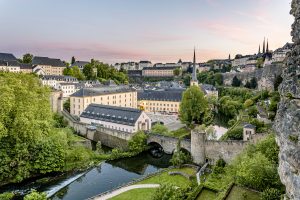
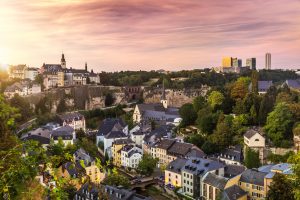
An area of only 2500 square kilometers – 82 km long and 57 km of maximum width – which contains priceless treasures from the artistic, architectural, cultural and historical points of view, as well as from the naturalistic and landscape point of view. Three tourist sites registered as UNESCO World Heritage Site, a thousand-year-old and multicultural capital that counts about 15 thousand people of 150 different nationalities, more than 50 castles and one of the most dense certified hiking networks in Europe immersed in ever-changing landscapes valleys, forests, rocky outcrops, rivers and waterfalls. In short, the Grand Duchy is really ready to amaze even the most experienced travelers.
Luxembourg, the capital suspended between history and contemporaneity
Built around a fortress more than 1000 years ago, the old city was included in the UNESCO World Heritage list in 1994. Here there is the Renaissance Grand Ducal Palace, official residence of the Grand Dukes of Luxembourg, the administrative headquarters of the country and former municipality of the city, as well as the Cathedral of Notre-Dame, built by the Jesuits in late Gothic style and embellished over the centuries with baroque interior elements. The crypt dedicated to St. Peter houses the remains of the Grand Dukes. Around the promontory of Bock you can admire the remains of the former fortress that hides the casematte, a defensive labyrinth dated 1644 set in the rock between the upper city and the lower city, while contemporary and high-tech architecture takes over Kirchberg, which houses the Philarmonie theater and the Mudam modern art museum – opened in 2006 and designed by the American naturalist Chinese architect Ieoh Ming Pei, author of the Louvre Pyramid among others – but also several institutions of the European Union. Not to be missed, in the lower part of the city, the picturesque district of Grund crossed by the Alzette river. For an incomparable view of the whole valley, you can take a walk on Chemin de la Corniche, defined as the most beautiful balcony in Europe.

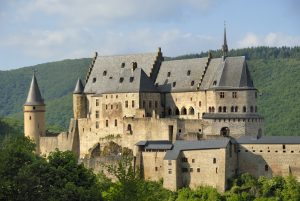
Quality food and wine
The Grand Duchy offers restaurants, bistros and clubs for all tastes that reflect the mix of cultures in the area. An address on everyone in the capital? The Mosconi Italian restaurant of chef Ilario Mosconi and Simonetta Mosconi, the only 2 Michelin star outside Italy. Riesling and Gewürztraminer come from the Moselle valley as well as the excellent Crémant, the indigenous sparkling wine. The Luxembourg side of the Wine Route that runs along the river (navigable also by boat) begins in Schengen, which has always been a wine-growing town. With the “Velo Vinum” tour you can walk the Moselle starting from the Wine Museum of the Ehnen winemakers village, pass through magnificent vineyards to reach Remich, then continue along streams flanked by willows and beautiful orchards. Without forgetting to stop in the cellars for a tasting.
Between castles and landscape contrasts
The small Grand Duchy has more than 50 castles, from smaller ones used as residences to larger ones to visit or even to rent for events. Among the most famous historical fortifications, on the west side of the Rhine stands the Vianden Castle (11th century). The majestic landscapes that characterize the lush Luxembourgian Ardenne host not only the largest nature reserves in the country but also the Castle of Clervaux, home to the Museum of the Battle of the Ardennes and the permanent exhibition “Family of Man” curated by the famous photographer Edward Steichen. Among the bizarre rock formations that characterize the Müllerthal region – also famous for its gastronomy – there is the Château de Beaufort, a 12th century stronghold, also mentioned by Victor Hugo for its beauty. The capital of the region is Echternach, the oldest city in Luxembourg celebrated thanks to the “Dancing Procession” which is held every year on Whit Tuesday and has been recognized as a UNESCO Intangible Heritage in 2010. Returning to the capital, Guttland is a setting of villages with old farmhouses, beautiful natural landscapes scattered with Gallo-Roman sites and rural museums. And it is here that the Valley of the Seven Castles is located: a journey through the Middle Ages that stretches for over 24 kilometers to witness the glorious past of a Luxembourg that does not deny its origins but is projected more than ever in the future. (www.visitluxembourg.com)
How to get to Luxembourg
Luxair, the flag carrier of the Grand Duchy, connects Italy with the Luxembourg airport, located just 15 minutes from the city center. It operates all year round in Milan, Rome and Venice, while during the summer season it strengthens its connections thanks to the connections with Bari, Naples, Rimini, Lamezia Terme, Palermo, Catania, Olbia and Cagliari. An efficient and comfortable service, with staff speaking on average 4 languages, able to respond to the needs of both business travelers and those who travel for pleasure. The fleet covers 21 European destinations with Boeing 737-700 and Boeing 737-800 as well as, for short and medium-range, Bombardier Q400 eco-friendly thanks to the low CO2 emissions and equipped with the ANVS system (Active Noise and Vibration Suppression) to reduce the noises and vibrations in the cabin. (www.luxair.lu)
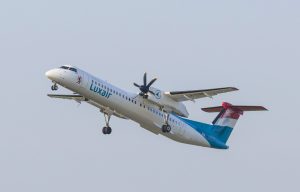
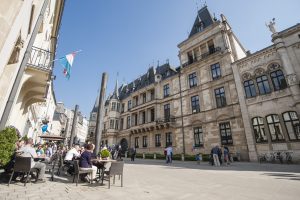
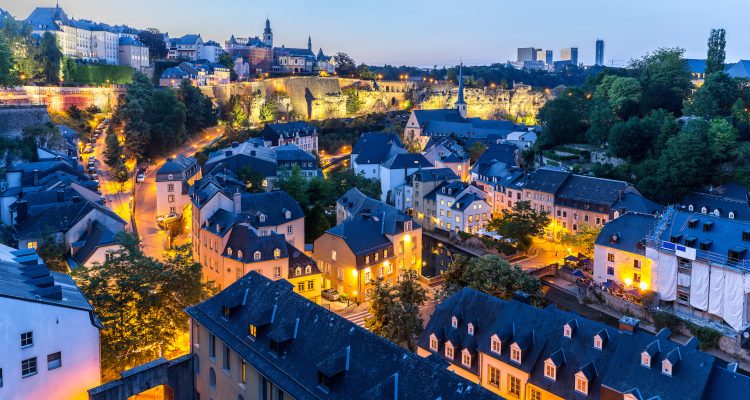

Leave a Reply